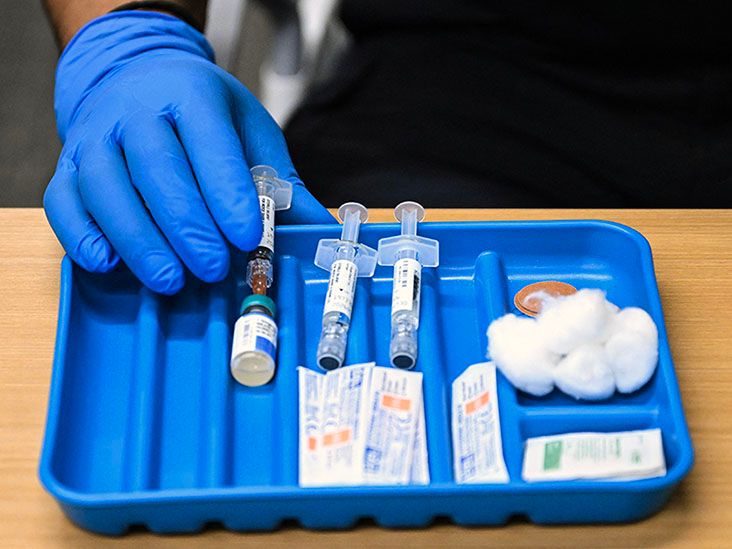Flat affect is the term for a lack of emotional response. It is a possible symptom of schizophrenia.
Schizophrenia is a chronic mental illness that affects a person’s thoughts and feelings. It can also affect how someone behaves.
People with schizophrenia may experience flat affect. A person with flat affect may display facial expressions, gestures, and body language that do not reflect how they are feeling.

Medical professionals
Flat affect is not a medical disorder. It is a symptom of certain mental health conditions, such as schizophrenia, or a side effect of certain medications.
If a person has a flat affect, they may exhibit facial expressions or gestures that do not reflect their true emotions. A flat affect may also cause someone to display body language that does not reflect how they are feeling.
The total lack of emotional response due to flat affect may cause an individual to appear to others as uncaring or unemotional.
Medical professionals often sort the symptoms of schizophrenia into three distinct categories, which include:
- Positive symptoms: Positive symptoms are symptoms that are atypically present. These can include:
- Negative symptoms: Negative symptoms are symptoms that are atypically absent. These can include:
- decreased speech
- reduced desire to socialize
- decreased experience of pleasure
- Disorganized symptoms: These symptoms include:
- confusion
- disorganized thinking
- disorganized speech
- abnormal behavior
- abnormal movements
Flat affect is a type of negative symptom of schizophrenia. People with it can still experience emotions. However, they may not respond to or express their emotions as others generally expect.
Symptoms of flat affect include:
- speaking in a monotone voice
- appearing unmoved or emotionally unresponsive to experiences
- lacking eye contact
- having blank facial expressions
- having an absence of verbal responses
- having an absence of nonverbal emotional cues and gestures
- worse adjustments after receiving a diagnosis of schizophrenia
- worse quality of life
- worse outcomes at the point of the 1-year follow-up
Learn more about the symptoms of schizophrenia.
A note about sex and gender
Sex and gender exist on spectrums. This article will use the terms “male,” “female,” or both to refer to sex assigned at birth. Click here to learn more.
Flat affect is
The Diagnostic and Statistical Manual of Mental Disorders, 5th edition, text revision (DSM-5-TR) is a diagnostic tool. The DSM-5-TR is the standard classification of mental disorders that mental health professionals use to diagnose conditions in the United States.
The DSM-5-TR states that negative symptoms, including flat affect, are
Medical professionals will often observe the symptoms of flat affect during a clinical interview with someone with schizophrenia.
A number of factors may play a role in a person developing schizophrenia.
In some cases, schizophrenia
Studies state that a number of specific genes can increase a person’s risk of developing schizophrenia. However, they state that there is no single gene that can cause the disorder.
Environmental factors may also play a role. A person may be at a higher risk of developing schizophrenia if they:
- live in stressful surroundings
- live in dangerous surroundings
- experience exposure to certain viruses before birth
- experience nutritional problems before birth
A
Research also shows that changes in the brain’s structure and function can increase a person’s risk of developing schizophrenia.
The 2016 paper also states that several structural and functional changes in the brain may play a role in the development of negative symptoms in people with schizophrenia.
More research is necessary to fully understand what causes flat affect in those with the condition.
Read more about the causes of schizophrenia.
Antipsychotic medications are a
Studies show that most antipsychotic medications have
Psychosocial treatments may offer a more effective treatment approach for negative symptoms.
One form of psychosocial treatment that may have a positive effect on flat affect is cognitive behavioral therapy (CBT). CBT helps someone become aware of how their thoughts and behaviors can affect their schizophrenia symptoms and functioning.
CBT for negative symptoms of schizophrenia uses a
Studies show that CBT alongside antipsychotic treatment has a positive effect on negative symptoms of schizophrenia. It can also help reduce a person’s lack of interest in their daily activities and improve their motivation.
Read more about treatment for schizophrenia.
If a person has a friend or family member who has schizophrenia, there are some ways to offer support.
A person always needs to try and stay positive when supporting someone with schizophrenia.
They need to avoid blaming the person or other people for their condition. They also need to avoid telling them to “pull themselves together.” Instead, they can offer support and try to understand the way they feel.
A friend or family member can also help monitor the person’s mental state and watch for signs of a relapse.
When supporting someone with schizophrenia, a person can encourage them to take any medications they have and offer to go with them to medical appointments.
Read about living with schizophrenia.
Mental health resources
Visit our dedicated hub for more research-backed information and resources on mental health and well-being.
Schizophrenia is a serious mental illness that affects the way a person thinks, feels, and behaves. It can cause an individual to experience delusions, problems thinking clearly, and hallucinations.
Flat affect is the term for a lack of emotional response. If a person has flat affect, they may display facial expressions, gestures, and body language that do not reflect the way they are actually feeling. Flat affect is a possible symptom of schizophrenia.
If a person has a flat affect, they may speak with a monotone voice and appear unmoved or emotionally unresponsive to experiences. They may also avoid eye contact and display a blank facial expression when talking with someone.
Cognitive behavioral therapy (CBT) may be an effective treatment for flat affect in those with schizophrenia.

